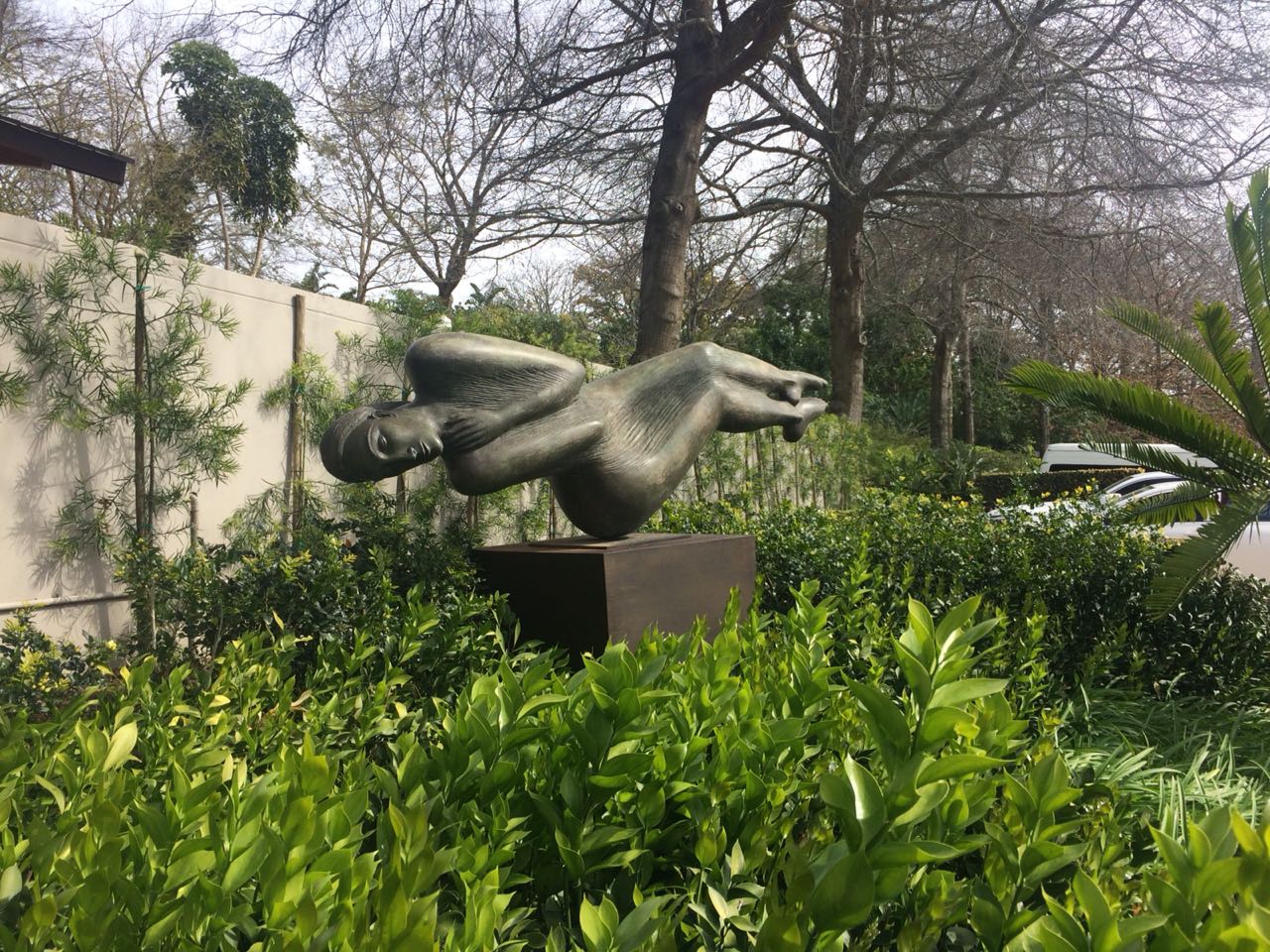 Art students study nude models in order to see the structure and movement of the body unobstructed, but the nude figure in art has an importance beyond its function in learning anatomy. The nude figure over the years has been seen as representing innocence and purity, energy or emotion, power and weakness, pride and shame, pleasure and pain (“Sexuality in Art”, 2018). As a physiotherapy student, working in different hospital and clinical environment settings every day, I am exposed to different forms of the human body whether it is in different sizes and shapes or colour. Art students are taught to see the abstract vision behind nude art, I am taught to objectively see how I can help the next person without passing judgment or being prejudice, unlike how the rest of society views disability.
Art students study nude models in order to see the structure and movement of the body unobstructed, but the nude figure in art has an importance beyond its function in learning anatomy. The nude figure over the years has been seen as representing innocence and purity, energy or emotion, power and weakness, pride and shame, pleasure and pain (“Sexuality in Art”, 2018). As a physiotherapy student, working in different hospital and clinical environment settings every day, I am exposed to different forms of the human body whether it is in different sizes and shapes or colour. Art students are taught to see the abstract vision behind nude art, I am taught to objectively see how I can help the next person without passing judgment or being prejudice, unlike how the rest of society views disability.
A patient had 8/10 lower back pain with a sharp pain that traveled down her posterior leg as well as HIV – and this was her first time being exposed to a physiotherapy setting. In order to do an effective and thorough assessment, the patient would have to undress. Frankly, not all patients feel comfortable undressing and being naked to someone who they do not know and not having an idea of what is about to happen next. She mentioned “I am not used to being naked around strangers and I may look drowsy and medicated but I can still hear your teams conversations in the hallway”. In situations like these, do you respect the patient’s feelings and not do your job as a student physiotherapist? Do you explain the reason behind it and indirectly twist the patient’s mindset and perspective? Do you give up today and try again tomorrow? Patients want to feel clothed in a safe space especially in a new environment and to not feel ashamed with who they are or what they look like– this can be done through empathy and building a good rapport with them. We as student physiotherapists are expected to be empathetic and show a certain standard of professionalism. We are expected to understand beyond what is in front of us and handle situations in ways that the outside world wouldn’t even think of because of our experiences and acquired knowledge working with different forms of patients and their conditions.
According to (“Health Care Ethics”, 2013), the four pillars of ethics are autonomy, beneficence, non-maleficence and justice which always need to be considered when working with a patient from an open perspective. Respect for autonomy concerns a belief that patients who are conscious should be able to make informed choices about their lives and bodies. This is what I took into consideration in the first session but the next few sessions I tried explaining to the patient the need to do a proper assessment and what exactly needed to be done – with the respect of the patient’s decisions and without trying to cause further harm or feeling uncomfortable. It takes some time for the patient to open up and to learn to trust you. It is however crucial to transform knowledge and awareness into action and skills; we must partner effectively with patients whose backgrounds may differ from our own as we don’t always know or understand why a patient thinks a certain way and may not feel comfortable doing things that you are comfortable doing (“Committee Opinion No. 587”, 2014). Building relationships with patients and establishing some sort of partnership is important as this can make the treatment process more effective.
Similarly to nude artists, we view people differently to society as we have an understanding that they don’t and we show a level of professionalism constantly because of it. Their posture, their position, their mood and their general appearance all tell a story that may not always be easy to read. If the situation were to arise again – I have now learnt that it is important for physiotherapists to always act in the best interests of their patients and society, even when there are conflicts with their own personal self-interest and to always apply the basic principles of ethics as mentioned above – even when in doubt of what the next step should be.
References:
Committee Opinion No. 587. (2014). Obstetrics & Gynecology, 123(2, PART 1), 389-393. doi: 10.1097/01.aog.0000443279.14017.12
Health Care Ethics. (2013). Journal Of Clinical Research & Bioethics, 04(01). doi: 10.4172/2155-9627.1000142
Sexuality in Art. (2018). Retrieved from http://arthistoryteachingresources.org/lessons/sexuality-in-art/
